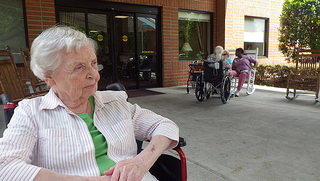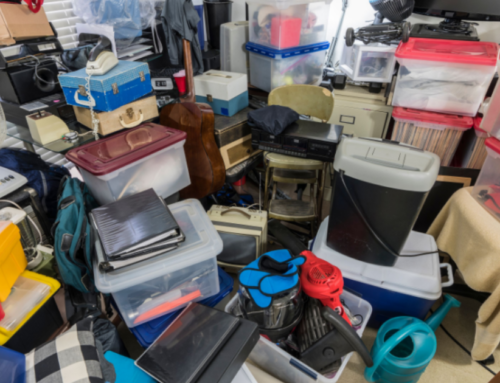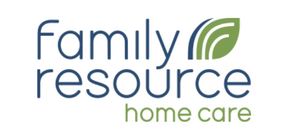One of the most well-known trends in elder care is the wave of baby boomers nearing or already in retirement. This cohort, 74 million strong, has been likened to a “tsunami” in its anticipated effect on such diverse areas as healthcare, social security, Medicare and Medicaid, and housing.
Home care agencies have also taken note of the additional tens of millions who will be wanting to stay at home as they age 5,10, 15, and 20 years from now. Agencies and family caregivers know only too well the current reality, that providing care for a population who is living longer and longer with chronic illnesses is not easy. Family members, providing care under stressful conditions that may last years are in a similar boat to agencies who find it increasingly difficult to hire and train qualified home care aides. The August 22 Wall Street Journal article “Help Wanted (a lot): Home Health Aides” reports that the demand for home health and personal care aides will vastly outpace the demand for workers in every other industry.
Will the cost of hiring a home care aide rise because of increasing demand? Yes, absolutely. And it’s not just because of increasing demand. Demand for home care has given rise to market pressures increasing benefits and regulation that, while benefiting the individual aide, has also increased costs to those paying for care whether it’s a family, non-profit organization, or a governmental body.
Home care will become more expensive. The employer mandate under the Affordable Care Act, Federal regulations making it more difficult and expensive to provide live-in care, and local ordinances on minimum wage and sick leave are only the beginning. The real crunch will come when the baby boomers start needing care by the millions.
One human being caring for another human being is high touch. Be it a mother caring for a child, a daughter caring for her aging mother, or a professional caregiver caring for a client, providing assistance for someone who cannot help themselves is part of what makes us human and connected with each other. Everyone will need caregiving help from another person at some point in their life. This “high touch” help is indispensable to the dignity of the recipient; there will never be a replacement for the gentle hand, the sympathetic ear, and the warm smile. High touch will also be increasingly hard to come by, especially for the growing percentage of aging adults without access to family caregivers, and for those who need a lot of hands-on care.
What’s to be done? There is of course, no simple solution. One increasingly likely possibility though is what has been termed “low touch,” – using technology to extend the care one human being can give to another. That’s part 2, next month.
photo credit: catchesthelight via photopin cc






